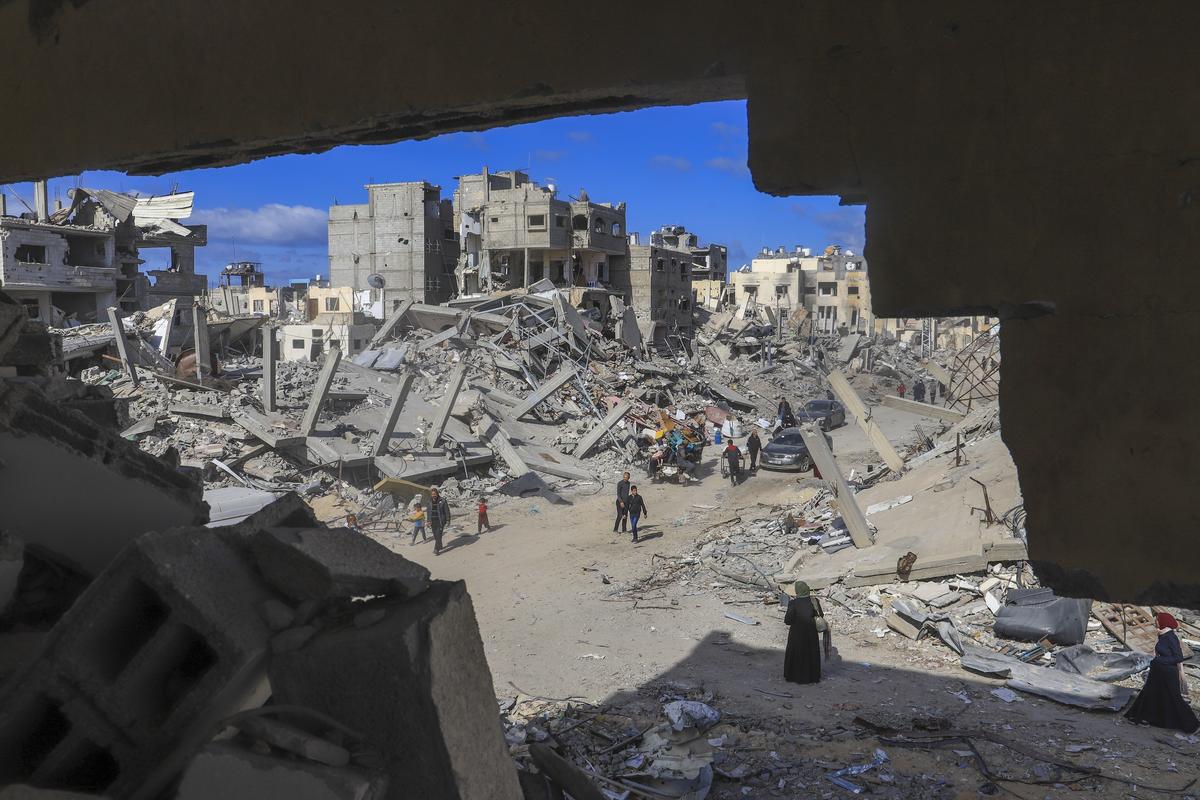(This article is part of the View From India newsletter curated by The Hindu’s foreign affairs experts. To get the newsletter in your inbox every Monday, subscribe here.)
As India looks east amid trade precarity in the wake of soaring tariffs imposed by U.S. President Donald Trump, Prime Minister Narendra Modi secured an investment pledge of up to ¥10 trillion (about $68 billion) from his Japanese counterpart Shigeru Ishiba last week.
Mr. Modi travelled to Japan for a two-day visit to participate in the 15th Annual Summit with Mr. Ishiba, before moving to Tianjin to attend the Shanghai Cooperation Organisation (SCO) Summit. His bilateral talks with Chinese President Xi Jinping on Sunday were closely tracked by global media. PM Modi also met Maldives President Mohamed Muizzu and Myanmar Senior General Min Aung Hlaing.
Weeks after President Trump remarked that the Indian economy was “dead”, Mr. Modi told the India-Japan Economic Forum in Tokyo, that most Japanese companies find India attractive, and that India is a “springboard” to access the Global South. Kallol Bhattacherjee writes on the visit.
Also read this preview by our Diplomatic Affairs Editor Suhasini Haidar that outlines the key elements of the visit, including security and business pacts, in addition to a ride on a bullet train.
“While the text of the India-Japan meetings was largely bilateral, the subtext was geopolitical,” The Hindu Editorial pointed out . “Mr. Modi flew to Tokyo in the wake of the massive American tariffs which threaten to upturn the Indian economy. He also chose to make Japan his first stop before his talks with Chinese President Xi Jinping on Sunday towards normalising relations after a four-year standoff. Japan too is concerned about the situation in the East China Sea, and has tensions over trade with the U.S., which led it to cancel a trade negotiation team visit to Washington. The message that Mr. Modi and Mr. Ishiba sent out was that amidst geopolitical turmoil caused by global powers, the India-Japan relationship remains stable and continues to grow,” it further said. Now, all eyes are on updates from Tianjin. Even without the overhang of the rift with the U.S., Mr. Modi’s visit to Tianjin for the SCO Summit is replete with symbolism, some awkward encounters, and many significant firsts, writes Suhasini Haidar.
![Tianjin [China], 31 (ANI): Prime Minister Narendra Modi holds a bilateral meeting with Chinese President Xi Jinping in Tianjin, China, on Sunday. (Modi website/ANI Photo) Tianjin [China], 31 (ANI): Prime Minister Narendra Modi holds a bilateral meeting with Chinese President Xi Jinping in Tianjin, China, on Sunday. (Modi website/ANI Photo)](https://th-i.thgim.com/public/incoming/oqwepn/article69998550.ece/alternates/FREE_1200/20250831025L.jpg)
Tianjin [China], 31 (ANI): Prime Minister Narendra Modi holds a bilateral meeting with Chinese President Xi Jinping in Tianjin, China, on Sunday. (Modi website/ANI Photo)
| Photo Credit:
ANI
This is his first trip to China in seven years, the first bilateral with President Xi Jinping — not in a third country — since the Galwan clashes and the standoff at the Line of Actual Control, and his first meeting with Russian President Vladimir Putin since the U.S.’s 50% tariffs, including the penalty for importing Russian oil, kicked in. Do follow our coverage here, and through the week for key take aways and analysis of the visit. Meanwhile, a day after the United States imposed 25% secondary sanctions on Indian goods as a penalty for India’s purchases of Russian oil, in addition to the earlier 25% reciprocal tariffs, the Trump administration kept up its tirade, terming the conflict in Ukraine as “Modi’s war”.
Do watch Suhasini Haidar’s latest episode of Worldview where she looks at whether Mr. Trump’s 50% tariffs and U.S. pressure on Russian oil imports make the India-U.S. trade war unavoidable, or if a diplomatic solution to sanctions is still possible. On the draw.
Keeping Gaza in focus

FILE – Palestinians walk through the rubble caused by the Israeli air and ground offensive in Rafah, southern Gaza Strip, Monday, Jan. 20, 2025. (AP Photo/Mariam Dagga, File)
| Photo Credit:
Mariam Dagga
Headlines of world leaders and their erratic statements, or updates from summits, ought not to take our focus away from Gaza, which is witnessing a death toll beyond 60,000; starvation deaths, and further destruction. According to a spokesperson of the Israeli military, Israel will no longer pause fighting to allow aid deliveries in Gaza City, amid a rapidly heightening famine.
Climate campaigner Greta Thunberg joined a flotilla of boats loaded with aid for Gaza as they set sail from Barcelona on Sunday (August 31, 2025), aiming to break Israel’s naval blockade and deliver food and other humanitarian supplies to the shattered enclave.
Meanwhile, the Washington Post has reported that the entire population of Gaza would be relocated and the United States would take control of the Palestinian territory under a plan being considered by the Trump administration.
Top 5 stories this week:
1. Which sectors are worst hit by U.S. tariffs? How high are the new U.S. tariffs on Indian exports? Which sectors are likely to feel the most pain? T.C.A. Sharad Raghavan explains.
2. Rational response: India has opted for level-headed action in the wake of U.S. tariffs, The Hindu Editorial said.
3. In an unstable world, energy sovereignty is the new oil, writes energy policy expert Shrikant Madhav Vaidya, contending that India must act now as tomorrow’s most precious resource is not oil but uninterrupted, affordable and indigenous energy
4. Decades later, a difficult story finds its way to Sri Lanka’s Sinhala south: As excavations in Jaffna uncover over 200 skeletons, a book confronts a history long ignored by mainstream media
5. Ukraine as a battle between America and Washington: The interests of ‘permanent Washington’ are the reason why Donald Trump’s concrete policy actions toward peace are a fraction of what he promised, writes commentator Kadira Pethiyagoda.
Published – September 01, 2025 02:33 pm IST






















